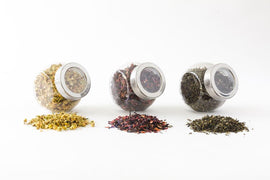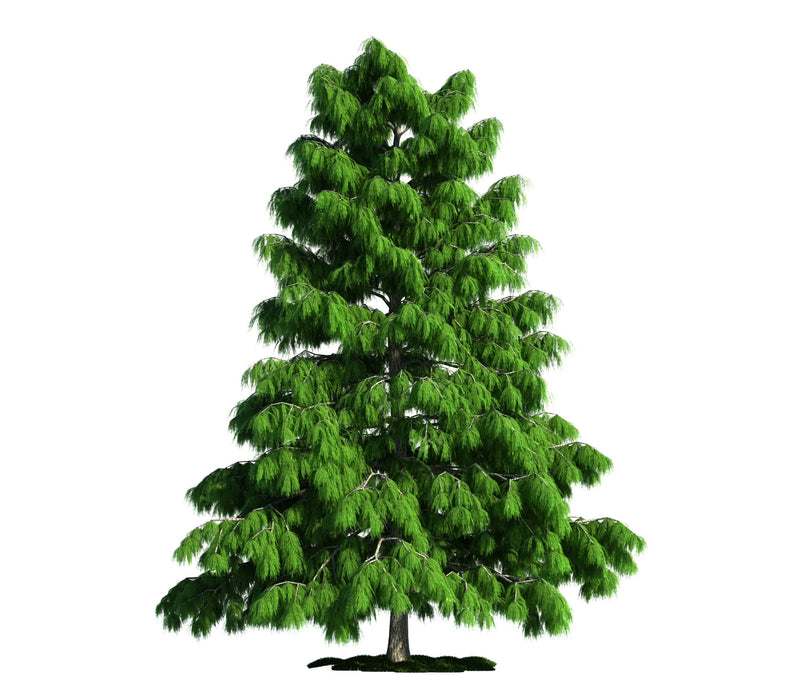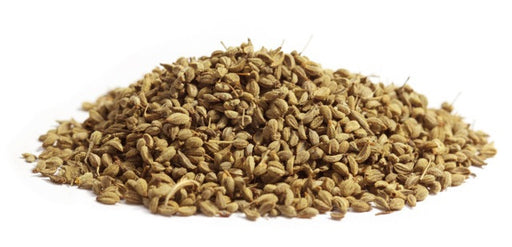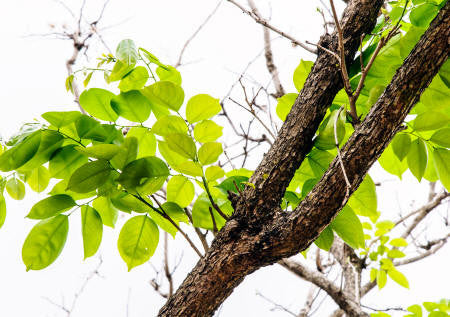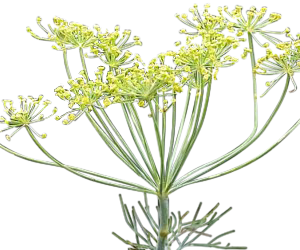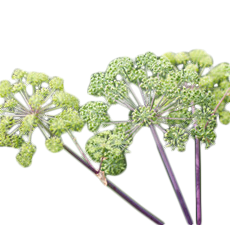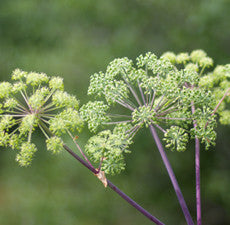Cedarwood Essential Oil (Himalayan)
Active Ingredient: a-Himalchene: 17%, b-Himalchene: 42%, Cedrol: 38%
Botanical Name: Cedrus deodora
Plant Part: Wood
Extraction Method: Steam Distilled
Origin: India
Description: Himalayan Cedarwood is a tall, evergreen tree up to 50 m high, occasionally more. It grows extensively on the slopes of the Himalayas in northern India, Pakistan and Afghanistan.
Color: Yellowish to brownish yellow viscous liquid.
Consistency: Thin
Aromatic Scent: Cedarwood Himalayan has a dry woody aroma, slightly camphoraceous, smoky, balsamic, very subtle with a hint of spice.
Note: Middle
Strength of Aroma: Strong
Blends well with: Rosewood, Bergamot, Cypress, Cassia, Jasmine, Juniper, Neroli, Labdanum, Frankincense, Clary Sage, Vetiver, Rosemary, Ylang-ylang.
Uses: Essential oils such as Cedarwood (Himalayan) Oil are also called Tibetan Cedarwood, has been used for fungal growths, muscular aches and pains, removing warts, rheumatism, skin afflictions, as well as cosmetics, perfumes, and scenting soaps. It is reputed to have antiseptic, anti-putrescent, anti-seborrhoeic, aphrodisiac, astringent, diuretic, expectorant, fungicidal, mucolytic, sedative (nervous), stimulant (circulatory) and tonic properties.
History: The ancient Egyptians prized this oil, mostly for embalming purposes, but also for cosmetics and perfumery, and Solomon's Temple was built with Cedar Wood. Cedar chests have always been used to store woolen articles and protect them from the larvae of clothes moths. Today, numerous herbal and pet shampoos and natural insect repellents contain Cedarwood Oil as an active ingredient.
General Information: Sunrise Botanics provides this essential oils guide for educational purposes only and not as medical advice. Please consult a qualified healthcare practitioner or resource on uses, safety and precautions for all essential oils Canada, USA and Worldwide.




















































































